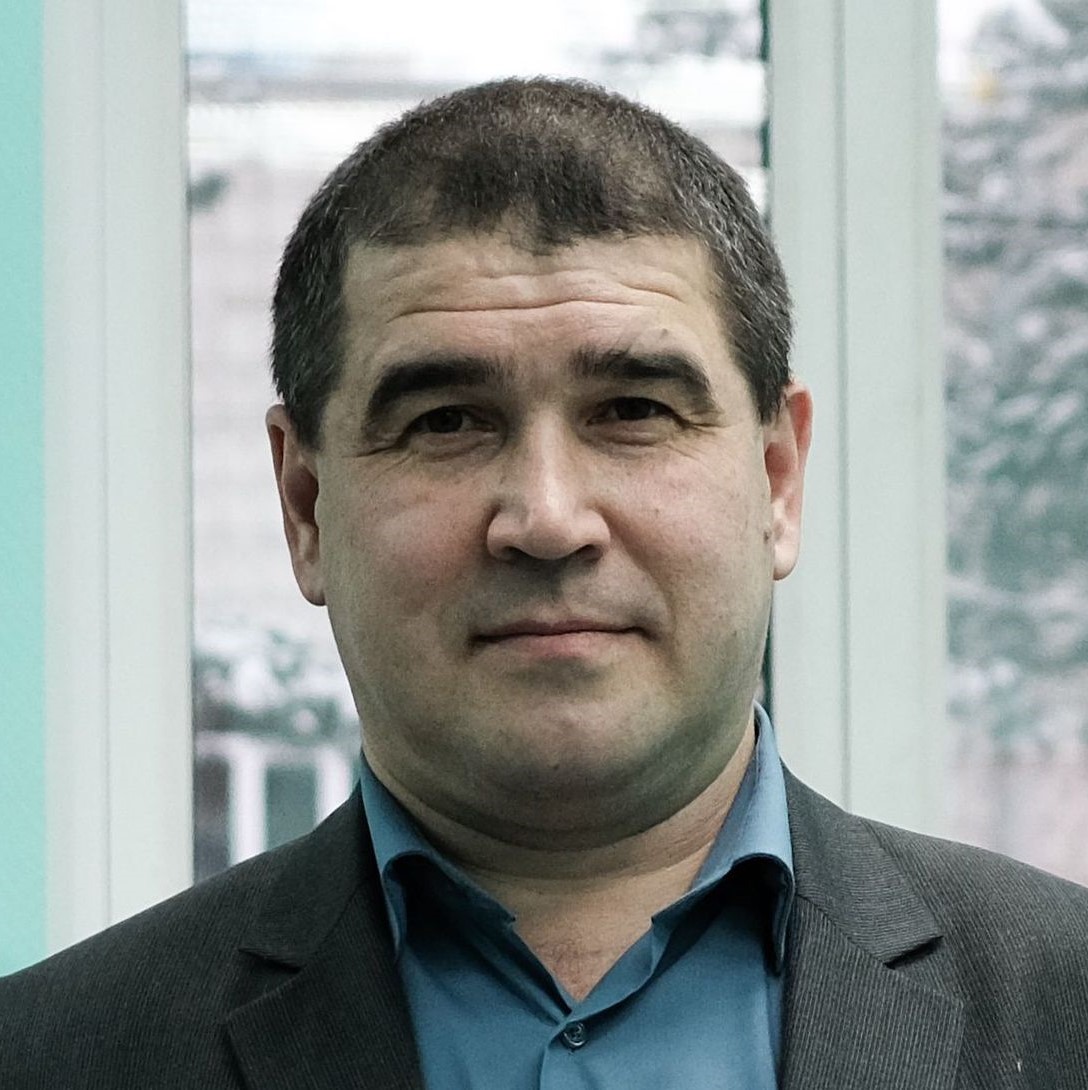Tomsk State University radiophysicists discovered that quantum magnetic-field sensors can be created on N2V0-color centers in diamonds (crystal defects). Laser generation on N2V0-color centers can be used to control active elements of quantum sensors and quantum processor qubits, thus making it possible to create a range of injection diamond laser diodes. The scientists plan to use such diodes in the newest fast integral sensors and quantum computers, which can process massive amounts of data at room temperatures.
Evgeniy Lipatov, the project head, head of the Laboratory of Quantum  The project N2V0-Color Centers in Diamonds for Quantum Magnetometry is funded by the TSU strategic project Security Technology as part of the strategic academic leadership program Priority 2030.
The project N2V0-Color Centers in Diamonds for Quantum Magnetometry is funded by the TSU strategic project Security Technology as part of the strategic academic leadership program Priority 2030.
“In diamond synthesis, nitrogen can be easily doped into a crystal and then converted into NV¯- and N2V0-color centers by means of electron irradiation, high temperature, and other techniques,” – Information Technology and associate professor in the Department of Quantum Electronics and Photonics, TSU Faculty of Radiophysics, explains. - “Radiation and temperature coupled with properties of color centers will enable us to create a range of diamond lasers, that is, injection diamond diodes emitting red, orange, or green light when current flows through them. Using the diodes or applying optical detection of magnetic resonance, we’ll produce a new kind of integrated quantum sensors.”
Miniature ultrasensitive and high-precision sensors have multiple applications, including UAVs, medicine, and nondestructive testing of construction materials.
“When creating quantum sensors, the project team will explore the methods of quantum qubit control, which is another advantage of this comprehensive research,” – Evgeniy Lipatov adds. A quantum computer based on diamond color centers will potentially work at room temperature, whereas existing quantum computing systems require ultralow temperatures.
The conclusions by the TSU researchers were published in top international and Russian journals, such as Nature ommunications (Q1), Quantum Mechanics (Q3), Applied Physics B (Q2), Physica status solidi (Q2).
The team plans to have the invention patented, create test installations and equipment, develop laboratory prototypes, collaborate with industrial partners, and create an MVP.
The project is led by head of the Laboratory of Quantum Information Technology Evgeniy Lipatov and includes researcher Mikhail Shulepov, junior researcher Vladimir Chashchin, laboratory technician and PhD student Olga Lyga, and other laboratory staff.